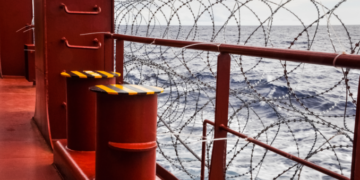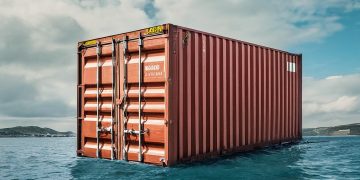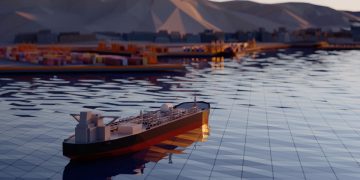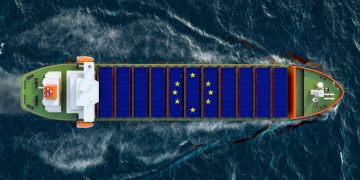Fatal Accident while boarding vessel by pilot ladder
Hong Kong Merchant Shipping Information Note Hong Kong Marine Department issues Merchant Shipping Information Note regarding Fatal Accident while boarding vessel by pilot ladder as follows:The relieving Chief Engineer of a Hong Kong registered bulk carrier fell into the water and drowned while he was boarding the vessel by means of the pilot ladder. This information note draws the attention of Shipowners, Ship Managers, Ship Operators, Masters, Officers and Crew to the lessons learnt from this accident.The Accident1. A Hong Kong registered bulk carrier was at anchor in light ship condition with high freeboard for crew repatriation. The relieving Chief Engineer (C/E), who had injected a dose of insulin about 1 hour before the accident and arrived at the ship's side after about 14 hours of transportation, fell into the water when he was climbing the pilot ladder to board the vessel. He was retrieved from the water to the service launch by the joint effort of the launch attendant and the ship's crew in about 10 minutes. Despite first aid treatment and cardiopulmonary resuscitation applied to him on the launch as well as emergency treatment in the hospital, he was certified dead afterwards.2. At the time of the accident, ...
Read more























































